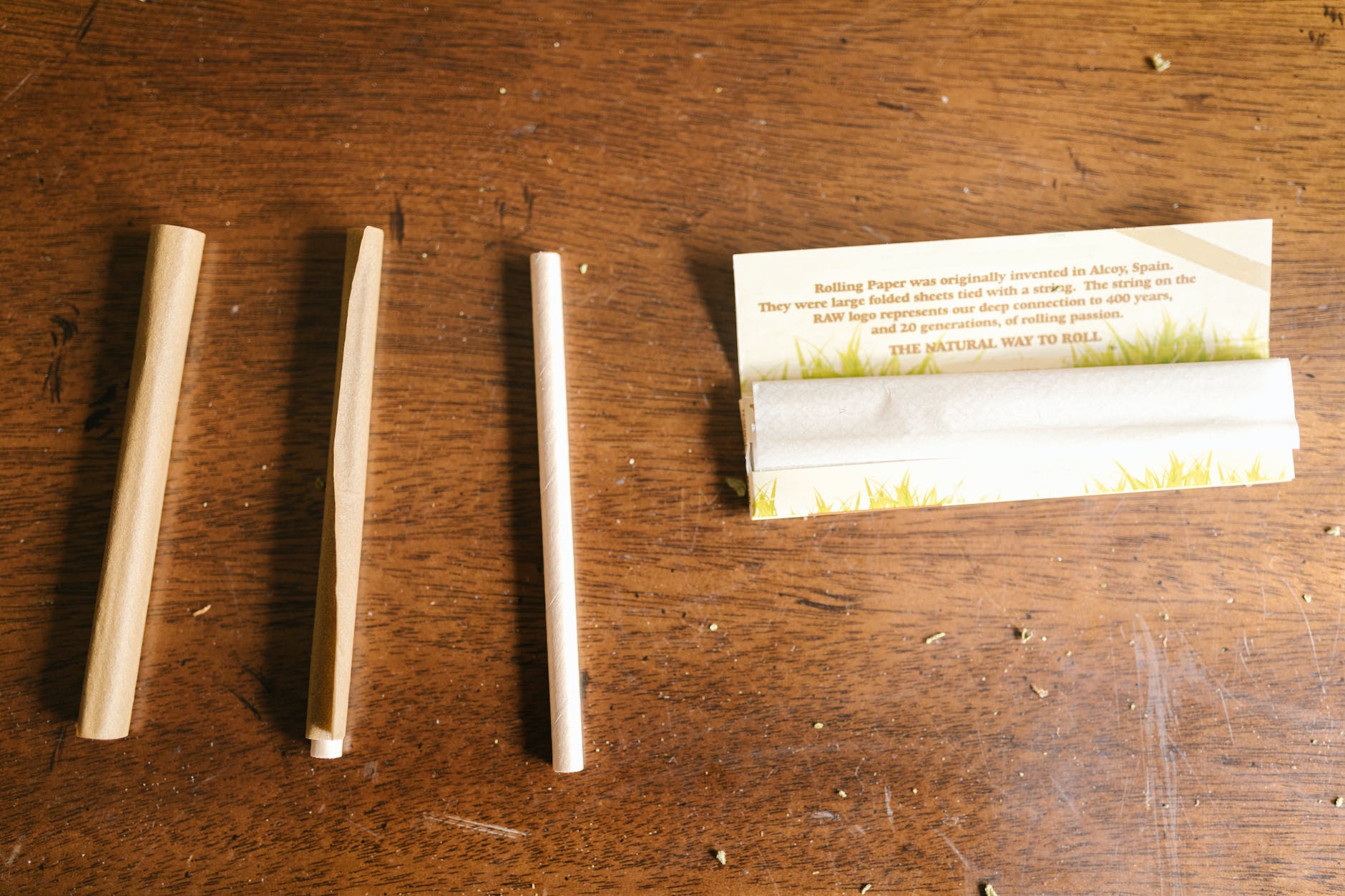Cannabis edibles have emerged as a popular alternative to smoking marijuana, especially amidst the ongoing wave of cannabis legalization. They come in various forms such as brownies, gummies, chocolates, teas, and more. But like any other substance, cannabis edibles come with their share of advantages and disadvantages. In particular, aspects such as dosage, effects, potency control, cooking methods, and safety concerns play a significant role when understanding the pros and cons of these products.
One of the most compelling advantages of cannabis edibles is that they provide an alternative method of consumption for those who prefer not to smoke. Unlike inhaling, consuming cannabis edibles does not involve any lung irritation, which makes it a healthier choice. Moreover, the process of cooking with cannabis offers a creative and enjoyable experience for many. Websites like Leafly provide comprehensive guides on cooking with cannabis, thus making the process more accessible even for beginners.
Cannabis edibles might offer a more intense, longer-lasting high compared to other modes of consumption, depending upon the dosage and individual tolerance. Since the body processes edibles through the digestive system, the effects can last longer, varying from several hours to an entire day.
One significant benefit of legalization is the transparency and control that it offers over the potency and dosage of edibles. Legal dispensaries provide clear labelling about the amount of THC (the psychoactive ingredient in cannabis) in their products, allowing individuals to make informed choices about their consumption.
However, the long-lasting effects of cannabis edibles can also be a disadvantage, particularly for novice users. The delayed onset of effects, which can take anywhere from 30 minutes to 2 hours, may lead some to consume more than needed, resulting in uncomfortably intense highs, anxiety, or paranoia. Thus, the advice for first-time consumers is to start with a low dosage and gradually increase as they become familiar with the effects.
Another challenging aspect of edibles is maintaining consistency in potency control. Factors like the quality of the cannabis, its preparation, the cooking process, and the individual’s metabolism can all impact the final potency of the edible product. Therefore, users must exercise caution and do proper research before consuming these products.
Edibles also raise concerns regarding safety, especially in households with children. The disguised form of cannabis in sweets and baked goods could potentially be mistaken as regular food by kids, leading to unintentional consumption. It is thus crucial to keep such products out of reach of children and store them in childproof containers.
Lastly, although many states have legalized cannabis, it remains illegal at the federal level in the U.S, which could lead to potential legal issues for users. Therefore, individuals must be aware of their state laws before considering the use of cannabis edibles.
In conclusion, while cannabis edibles present a potentially safer alternative to smoking and offer an enjoyable way to experience the effects of cannabis, they come with a unique set of challenges. Understanding the dosage, effects, safety concerns, and legal issues is essential for anyone considering integrating them into their lifestyle. Like any drug, cannabis edibles should be consumed responsibly, prioritizing health and safety above all else.
